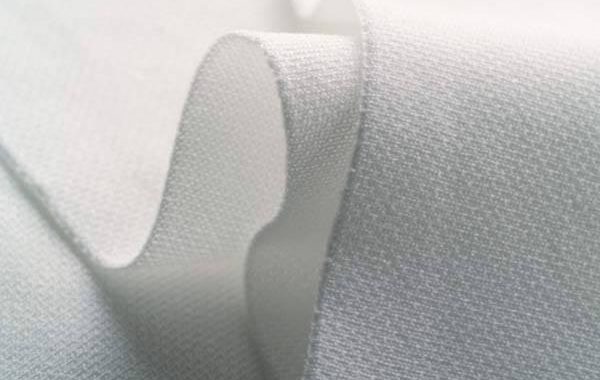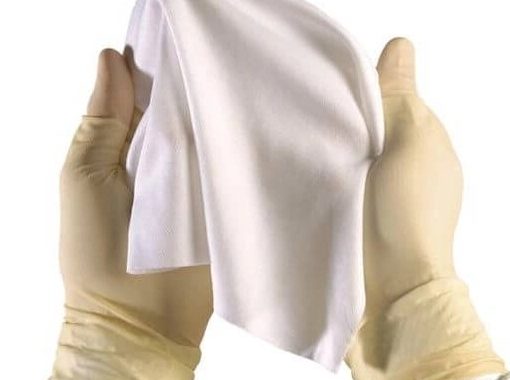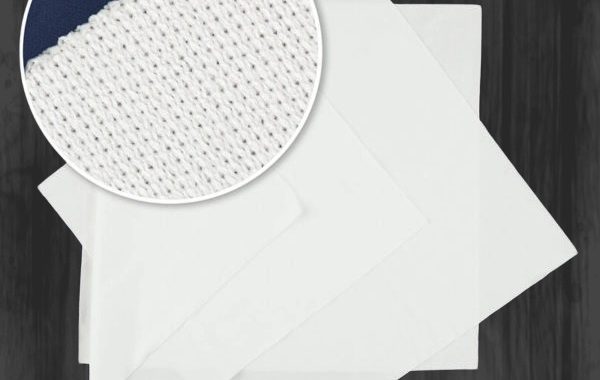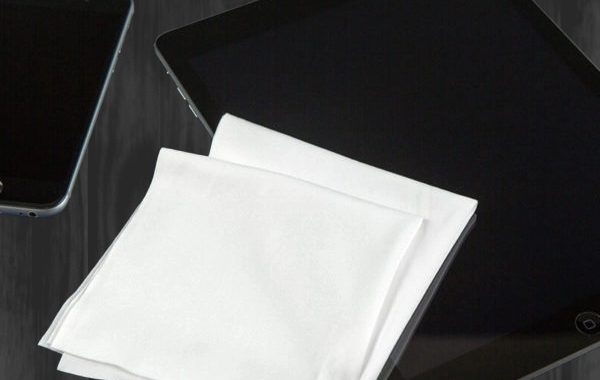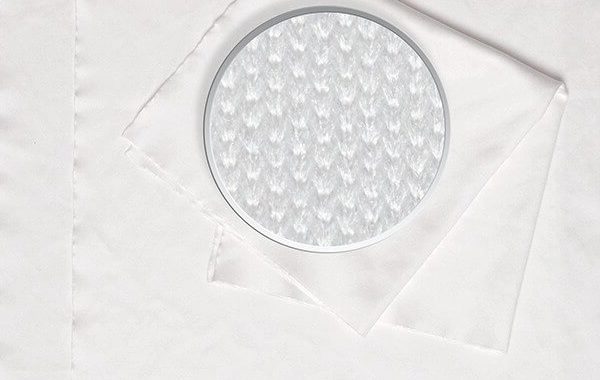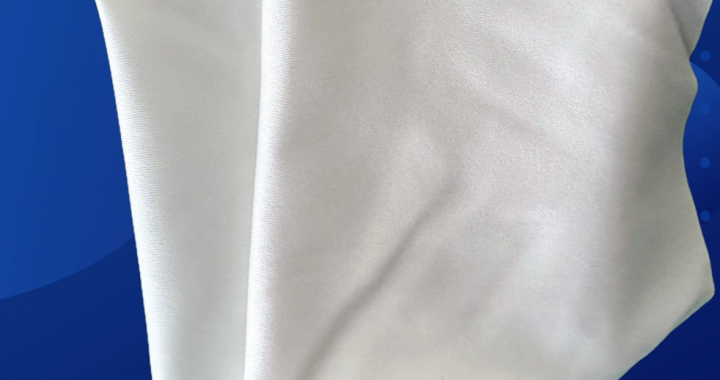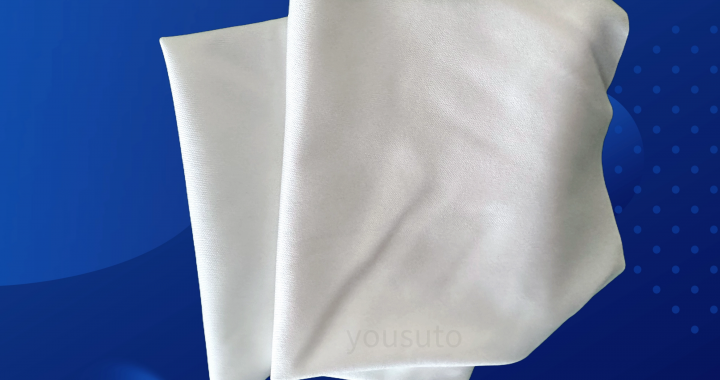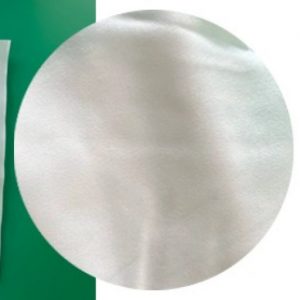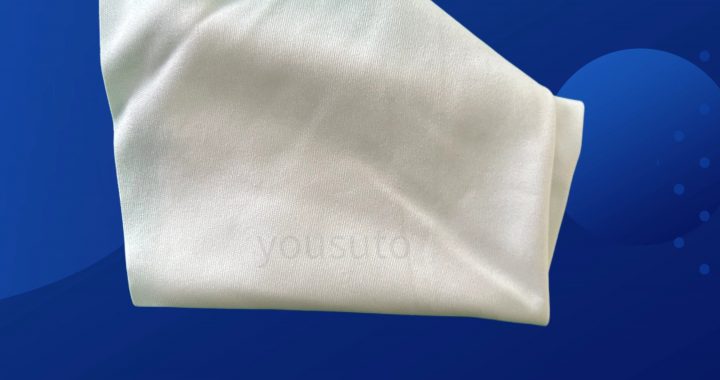IPA (Isopropyl Alcohol) wipes are widely used in cleanrooms and laboratories to remove microdust, oils, and contaminants from sensitive surfaces. Understanding the mechanism helps maximize cleaning efficiency and protect delicate equipment.
Key Features:
-
Solvent Action: IPA dissolves oils, fingerprints, and sticky residues that trap microdust, loosening particles for effective removal.
-
Rapid Evaporation: IPA evaporates quickly, carrying loosened dust particles away without leaving streaks or moisture that could attract new contaminants.
-
Lint-Free and Non-Abrasive Wipes: The wipes’ fibers capture and retain microdust without leaving residues, preventing scratches on delicate surfaces.
-
Antistatic Properties: Some IPA wipes reduce electrostatic attraction, preventing airborne dust from re-settling on cleaned surfaces.
Applications:
-
Electronics Manufacturing: Cleans PCBs, semiconductors, and other components to maintain particle-free conditions.
-
Optical Instruments: Removes microdust from lenses, mirrors, and sensors without scratching coatings.
-
Laboratory Workstations: Ensures work surfaces are free from fine particles that could affect experiments.
-
Cleanroom Maintenance: Effective for routine cleaning in controlled environments to maintain low particulate levels.
Benefits:
-
Efficient Microdust Removal: IPA dissolves residues and loosens particles for thorough cleaning.
-
Safe for Sensitive Surfaces: Non-abrasive, lint-free wipes prevent damage to delicate instruments.
-
Supports Contamination Control: Helps maintain ultra-clean environments in laboratories and cleanrooms.
